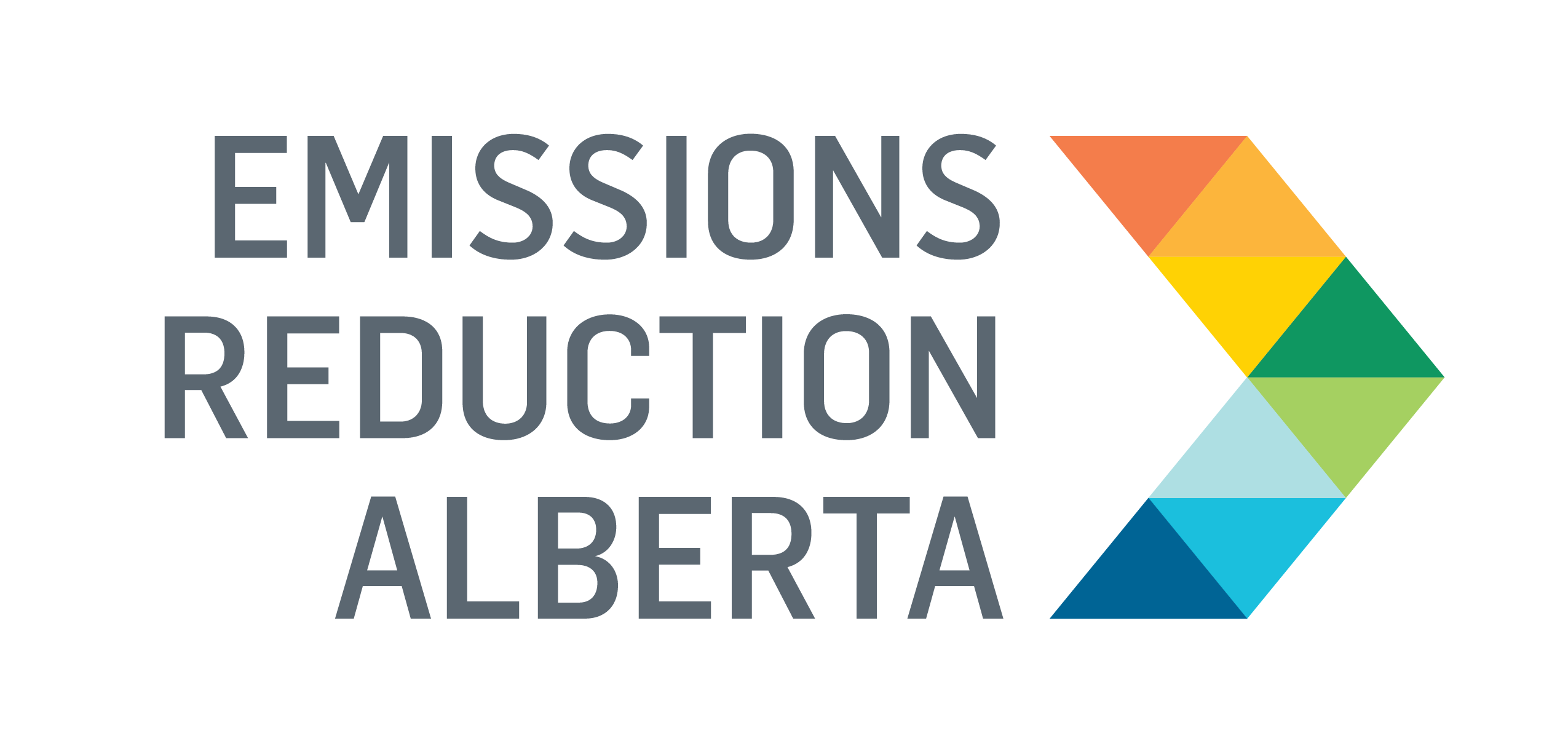Transforming Greenhouse Gases into Acetic Acid
Funded through the Grand Challenge: Innovative Carbon Uses Round 1 in 2014, the Institute of Gas Technology (GTI) project investigated the production of acetic acid, which is a heavily produced chemical, from CO2 and CH4. Acetic acid can be used in a variety of products, such as paints, adhesives and solvents, as well as polyester manufacturing. GTI proposed a new route for producing acetic acid based on the direct catalytic reaction of methane with carbon dioxide. The second method investigated was dry reforming of methane to produce syngas, which is a precursor to methanol, formic acid, and acetic acid.
Initial efforts focused on the direct catalytic conversion of CO2 and CH4 to acetic acid using a simulated moving bed reactor and a range of bimetallic catalysts. While the system successfully produced small quantities of ethanol, methanol, and ethylene, the overall conversion rates were too low for commercial viability. Catalyst performance was highly sensitive to pressure and hydrogen concentration, and undesirable side reactions—such as methanation—limited product yield. Despite extensive testing and optimization, the direct synthesis route was ultimately deemed impractical for scale-up.
Refining Carbon Utilization Through Syngas Production
As a result, the project pivoted to dry reforming of methane, a more established pathway for syngas production. Using nickel-based catalysts synthesized via atomic layer deposition (ALD), GTI demonstrated high methane reforming rates and improved catalyst stability. Catalyst B showed strong performance and retained activity after multiple regeneration cycles. This approach enables the production of syngas from CO2 and CH4, which can then be converted to methanol and subsequently to acetic acid using conventional industrial processes. The dry reforming route offers a scalable and carbon-utilizing alternative to traditional fossil-based methods.
What’s next?
To advance this technology toward commercialization, further testing is required to evaluate the long-term stability and regeneration performance of the ALD-synthesized nickel catalysts. Since the original project concluded in 2016, there have been no direct follow-up projects or commercialization announcements from GTI specifically advancing the exact catalytic pathway for direct acetic acid synthesis from CO2 and CH4.
